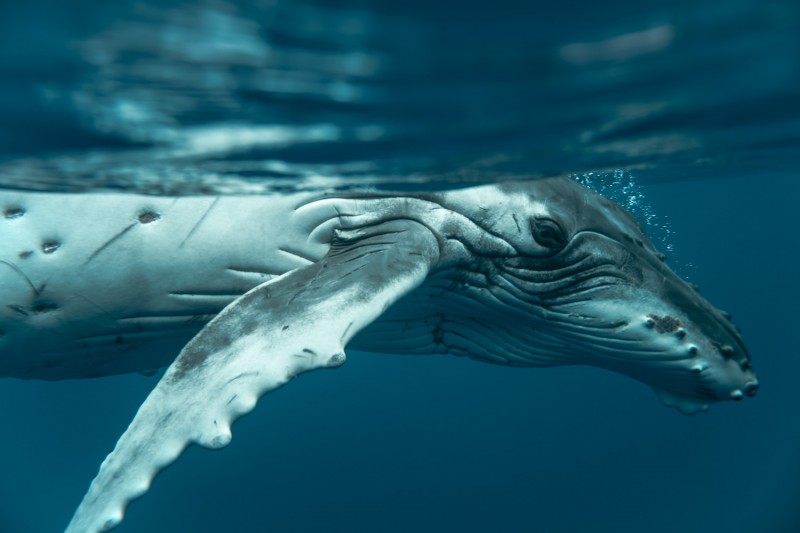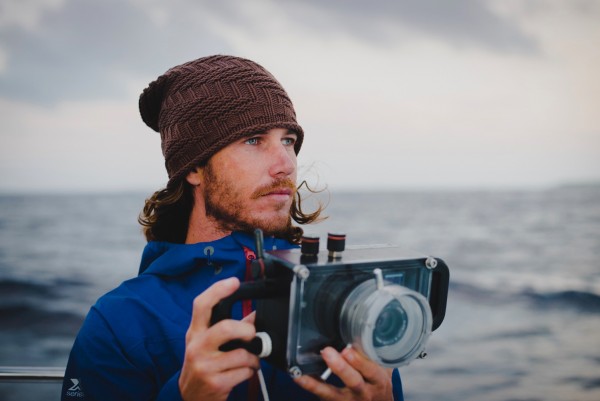Replace fear with fascination
Replace fear with fascination
Matt Draper
September 13, 2018

LFI: Tell me about your reasons to go to Tonga to photograph the Humpback whale!
Matt Draper: Each year since 2014, which is when I first started creating fine art photography underwater - I head to Vava'u, Kingdom of Tonga for the incredible Humpback whale migration. These gentle giants travel all the way from Antarctica to the warm waters of the South Pacific Islands such to mate and give birth. I use this time to create a unique series of work around my experience on and in the water with the majestic Humpback whales.
Tell me about your camera set-up!
My current camera set-up consists of two Leica M10 bodies, the 35mm Summilux ASPH 1.4 lens, the 50mm Summilux ASPH 1.4 lens and a custom, one of one, fully functional water housing with individual ports for both the 35mm and 50mm lenses.
Was it hard to adjust your underwater photography process to the Leica M10?
Creating with the M series underwater is an absolute challenge to say the very least. But, in that challenge lies the reward itself. Firstly, achieving precision focus with the manual rangefinder system underwater with a moving, wild subject is no easy task. When possible, I manage this aspect by setting my focal point based around the whale's eye. This is one of the main features that I use to draw attention in my work. I am much more comfortable tracking an eye though the viewfinder than larger body parts such as the whale's huge pectoral fins or ginormous tail. At present, setting the aperture value is somewhat of a guessing game. The gear which links the aperture ring to the moving toggle of the water hosing covers the actual aperture markings on the lens, meaning I can't see the value I have chosen. I literally have to look into the lens and guess by examining the blades open and close.
Who made the underwater housing that attracted so much attention on Instagram?
The underwater housing was designed and created by three engineers from DOER Marine who specialise in building remotely operated vehicles, submarines and custom underwater housings for production and research cameras. The Leica M10 housing is rated and tested to a depth of 100 meters, which is well over 300 feet. The biggest hurdle in design was creating the two separate moving parts in the lens port, which allow full control over focus and aperture adjustment.
After weeks of design including 3D simulation DOER went to work on the prototype, which then became the fully functional and working model. The lack or trial and error of such an important tool is a true testament to DOER Marine's quality of craftsmanship.
All images © Matt Draper
Equipment: Leica M10 with Summilux-M 35mm f/1.4 Asph and Summilux-M 50mm f/1.4 Asph
Matt Draper+-
Draper travels the oceans of the world to bring his creative vision into existence. He spends countless hours in the water, learning to better understand each individual species he interacts with. By meticulously studying and patiently moving through each untamed environment, Draper's photography reveals distinct characteristics and hidden intuitive behaviours. Self-taught, Draper prides himself on only using natural light. This, combined with his freediving capabilities, makes for minimal disturbance when observing marine life. More

